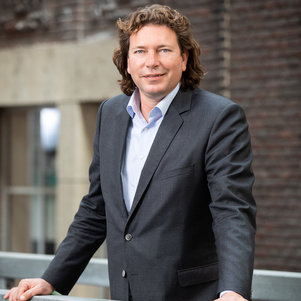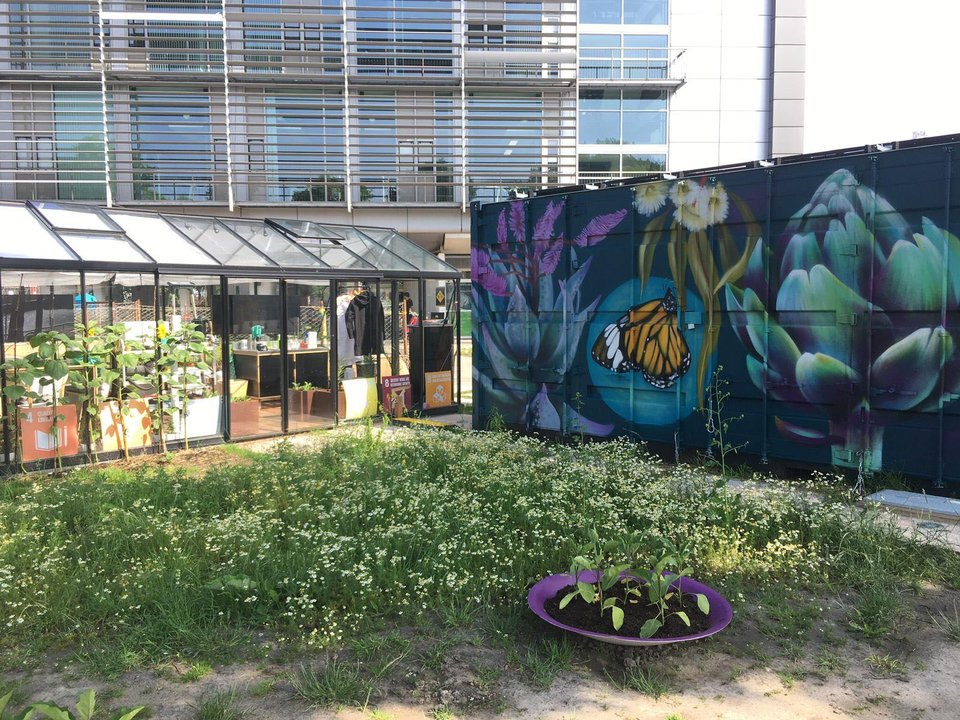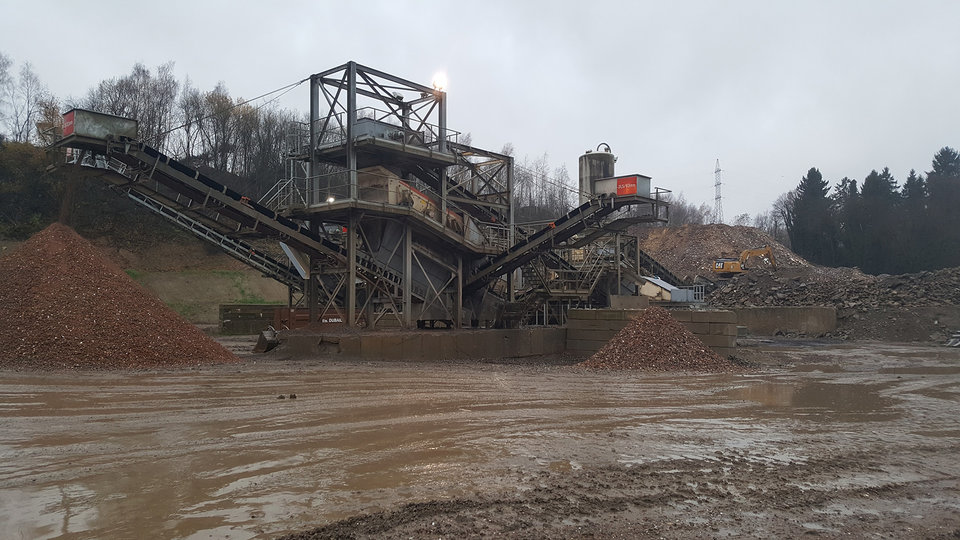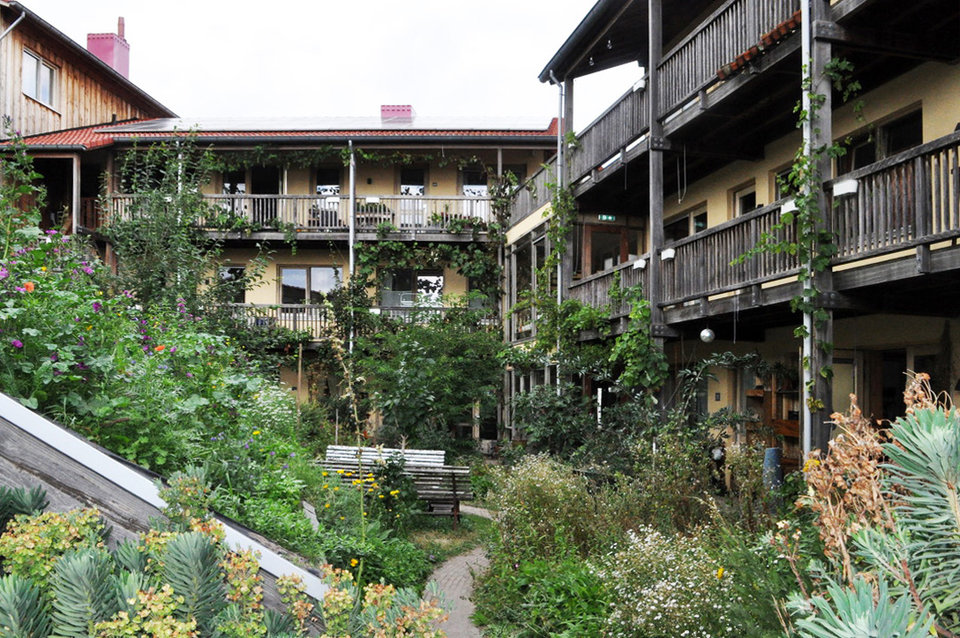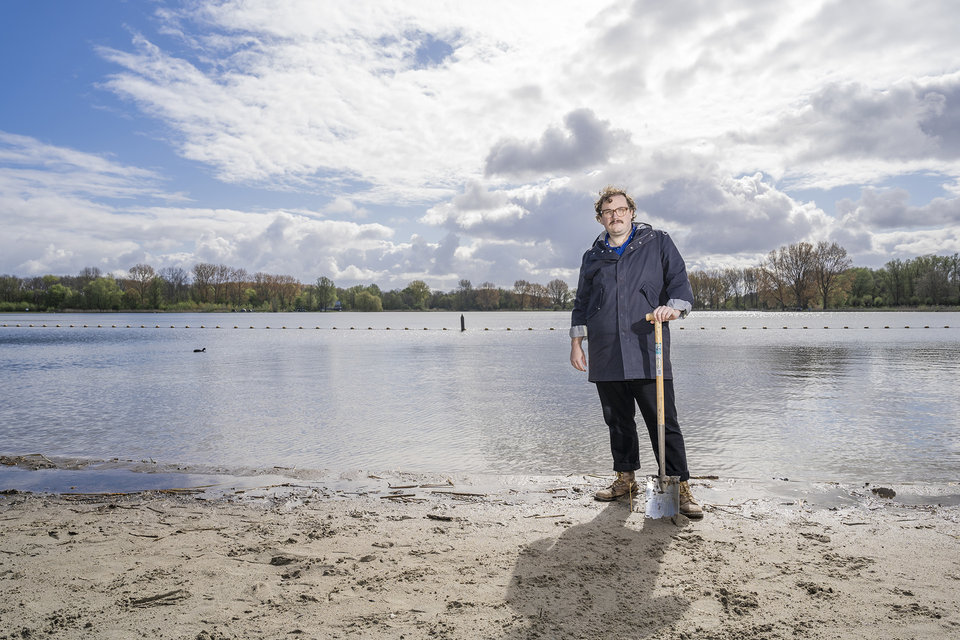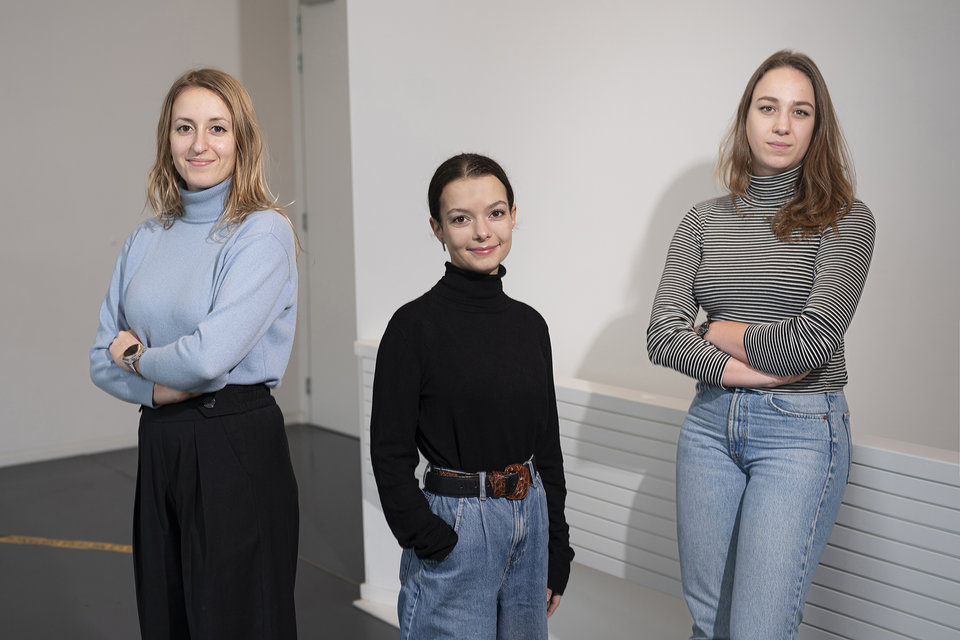The purpose of the Intrinsically Circular project is to identify opportunities to bring demolition companies and architects together. This will allow many building materials that would otherwise be lost in demolition to be reused directly, and in large quantities, in new projects. “If demolition companies and architects work together, an almost completely new building could be created from the parts of a building being demolished,” says project initiator Vincent Gruis.
However, this will require a different approach to what both parties are used to, according to Vincent Gruis, professor of Housing Management, who is responsible for the Intrinsically Circular project. “It should become common practice for commissioning parties to put demolition companies in direct contact with architects, so that they can draw up an inventory and make an assessment of the parts that can be reused. This means architects will have all the information they need for their circular designs from the very beginning.”
Nowhere near the norm
The reuse of building elements such as walls, floors, and window frames is still nowhere near the norm, says Gruis. “Creating designs based on circular construction is still a challenge for many architects. The architects I speak to do not think this is something they are asked about enough, which is why some of them are experimenting with it themselves.”
The Knowledge and Innovation Agenda - Circular Economy, part of the Netherlands Enterprise Agency, recently raised the question of how to increase the reuse of building materials and building elements. “I knew of an excellent initiative that could use scaling up, namely the collaboration between Lagemaat Sloopwerken and a firm of architects, cepezed. Together with TU Delft, Sloopcheck, and the sustainable building W/E consultants, we have formed a consortium for this research.”
Scaling up
The consortium’s task is to produce an approach that can be easily replicated, in which information can be exchanged easily and efficiently, whose environmental benefits can be instantly recognised, and for which a business model can be drawn up. “Reuse initiatives already exist,” Gruis says, “but market players have little time to integrate the results of their own pilot projects into their work processes. It is also not in their nature to make knowledge transferable. Our consortium can help them by suggesting other methods, developing tools, publishing about them, and making the approach transferable to the market. In our project proposal, making our approach scalable is therefore paramount.”
Three models
Intrinsically Circular should result specifically in three scientifically sound models - namely, an information, design and environmental impact model. Gruis: “With the information model, you can systematically list what you need to know about the old building being demolished and the new building being designed. This is being developed by Sloopcheck. We also want to explore how architects can create design variations with all these materials. This is our design model. And the environmental impact model has been developed by us and W/E consultants. The environmental impact of the production of new elements is known, but that is not the case with reusable elements. We are now going to map out their impact. If they are reasonably reusable without too many modifications, they will be much less environmentally harmful.”
Our building-by-building approach means reuse rates of as high as 95% are achievable.
Gruis continues, enthusiastically, “Our approach is small-scale in the sense that it is a building-by-building approach, which means reuse rates of as high as 95% are achievable. That is phenomenal! You could involve a marketplace for second-hand materials, but the question then is whether everything will be sold and how fast. A new building does not have to be created solely from the elements of a building being demolished. Take the Zuiderstrand Theatre in Scheveningen, for example. It is now stored in the city of Oss and will become part of a new cultural centre there.”
New challenge
But more is needed to make the move to circular design and construction. According to Gruis, if a project is not specifically labelled as a circular project, it is very difficult to carry it out in line with those principles, especially when it comes to installations. And meanwhile commissioning parties, including even government bodies, sometimes want to use only certified new products. “However, the consortium tests reusable elements and sometimes finds that their quality is better than when first used. This is the case with hollowcore slabs, for example, which therefore remain in compliance with Building Decree requirements. Nonetheless, the testing and subsequent adaptations to current requirements do incur costs. In the worst-case scenario, the cost could almost be as much as that of a new element, but of course there are still the environmental benefits. And by creating a database that records test results of reused building components, there would be no need to retest every time.”
This story is published: March 2024
More information
